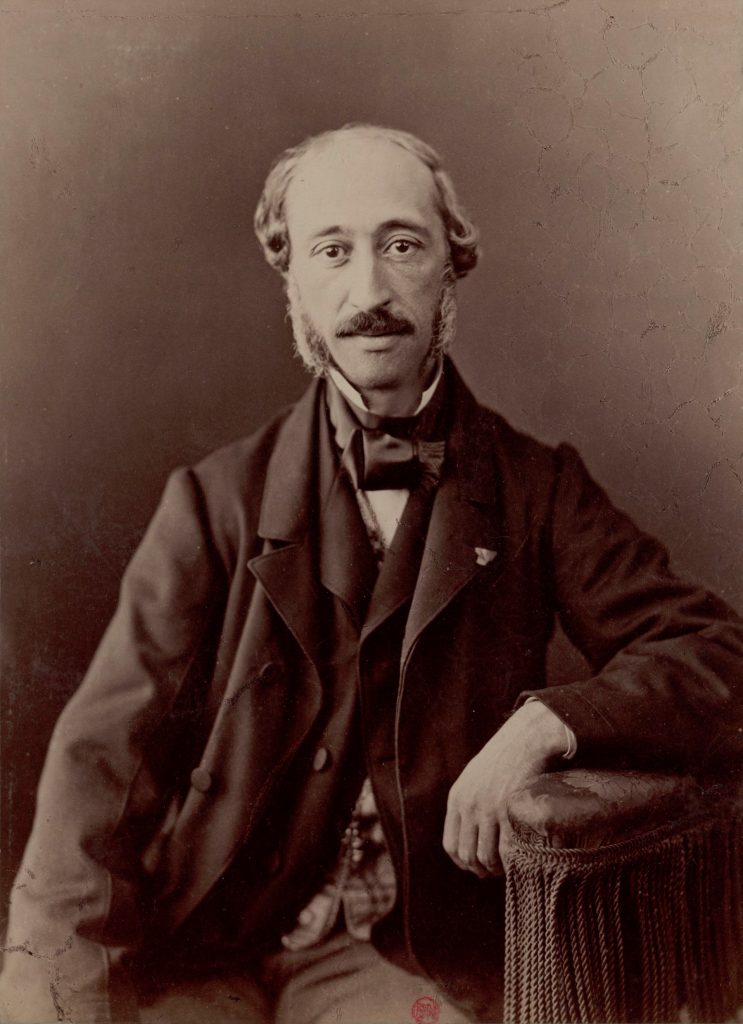Solar panels are reasonably priced in the Philippines and all over world, mostly because more and more people are turning to the usage of solar energy. We have to thank a certain man for that; without him, people will not understand the principles of solar energy.
Edmond Becquerel is a French physicist who focused his studies on the solar spectrum, magnetism, electricity and optics. In 1839, he discovered the photovoltaic effect, the operating principle of the solar cell. Solar power technology is not a recent development. In fact, use of solar power technology dates back to the mid-1800s during the Industrial Revolution, when solar energy plants were created in order to heat water thus producing steam and powering machinery.
Biography
Born in Paris, Becquerel was the pupil-turned-successor of his father at the Museum National D’Histoire Naturelle. In 1849, he was appointed professor in the Agronomic Institute, a short-lived school in Versailles. He also became the Chairman of Physics at the Conservatoire des Arts et Métiers in 1853. His son, Antoine Henri Becquerel, was one of the people who discovered the evidence of radioactivity, which led him to achieve the prestigious Nobel Prize for Physics.
Aside from photovoltaics, Becquerel paid special attention to the study of light. He investigated the photochemical effects and spectroscopic characters of solar radiation and electric light. He devised a phosphoroscope, which was an apparatus that enabled the interval between the exposures to the source of light and observing the effects to be varied at will and must be measured accurately.
He also investigated the diamagnetic and paramagnetic properties of substances. Becquerel was also interested in the phenomena of electrochemical decomposition, adding to the evidence of Faraday’s Law of Electrolysis, which are, in essence, relationships based on electrochemical researches.
The Discovery
Edmond Becquerel discovered the photovoltaic effect that explained how electricity can be produced from sunlight in the year 1839. Becquerel believed that “shining light on an electrode submerged in a conductive solution would create an electric current”. However, even after extensive and exhaustive research and development for his theory, photovoltaic power was still less efficient, and solar cells were used for the purposes of measuring light.
When he was 19, Becquerel created the world’s first photovoltaic cell while experimenting in his father’s laboratory. In his experiment, he placed silver chloride in an acidic solution and illuminated it while it was connected to platinum electrodes. As a result, it generated voltage and current. At first, the photovoltaic effect was also known as the “Becquerel effect”.
After a century, Russell Ohl, an American engineer, patented the world’s first modern solar cell shortly after the invention of the transistor.
Thanks to Edmond Becquerel’s discovery of the photovoltaic effect, people might have been stuck on using oils and fossil fuels as a main energy resource. The sun, aside from being able to help plants grow, keep the skin healthy, and calming a stressed mind, became one of the most powerful sources of energy, one that may last mankind until the end of time.



Very helpful!
awsome
Thank you a lot for your precious time in writing this educative article.
Thank you!
This is great!